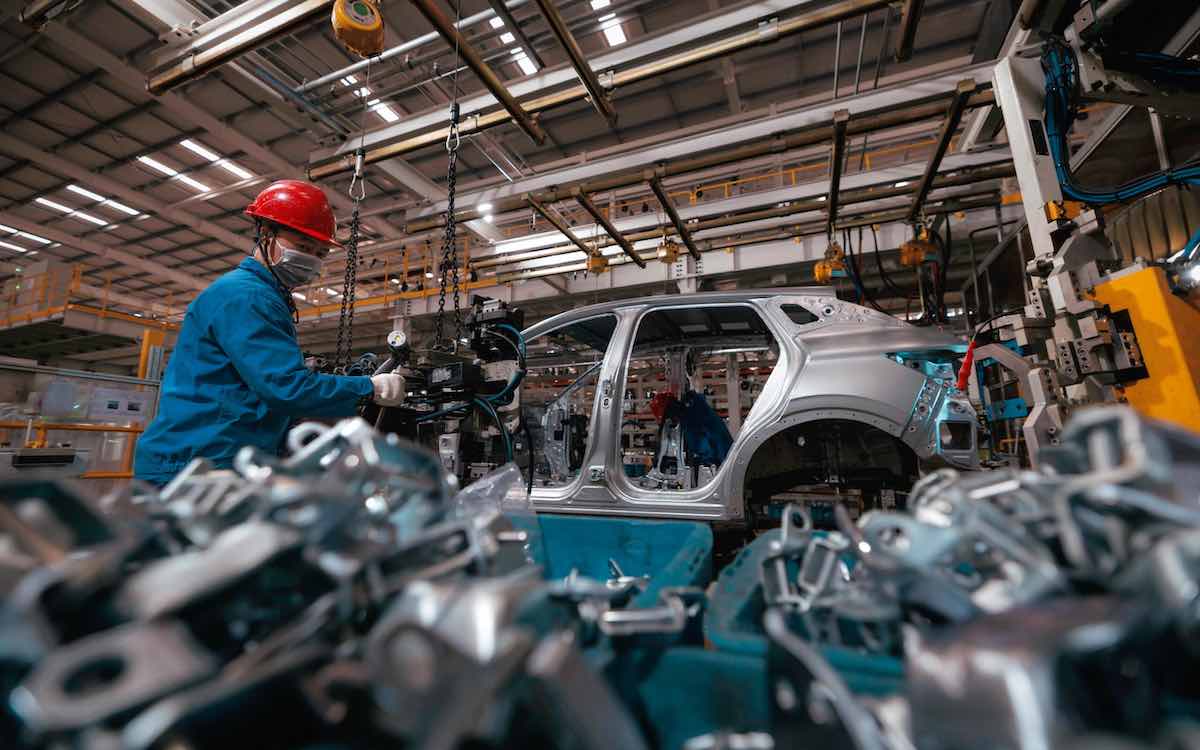They are called “Spinrel” and, according to those who created them, they have everything it takes to revolutionize the electric mobility market. Green Silence Group – an industrial cluster made up of the three Lombard companies Settima Meccanica, Spin, Motive and financed by the private equity fund Xenon – presented a new generation of electric motors at the International Automotive Technology Show in Cologne, Germany. The main innovation is the elimination of permanent magnets, which enable the motor to operate and are now composed of up to 30% rare earths. Compared to traditional motors, “Spinrels” promise a reduction in pollution – both environmental and acoustic – and above all greater energy efficiency.
How Spinrels Work
“Spinrels do not work, as electric motors traditionally do, by variations in magnetic flux generated by permanent magnets, but by cavities, specifically studied and designed, which create voids and solids,” he explains to Open Alessandro Tassi, CEO of Spin, one of the three companies that make up Green Silence Group. This alternation of full and empty air cavities, Tassi continues, is able to turn the engine and make it work more efficiently. After three years of research and two of engineering, the “Spinrels” are finally available on the market and aim to conquer the electric mobility sector. “This technology is suitable for any vehicle, both industrial and commercial,” assures Tassi. And it could also be used for all the other components of a car that require an engine: windshield wipers, steering, brakes, windows and much more.
Dependence on China
One of the main advantages offered by “Spinrels” is the possibility of freeing itself from the use of rare earths, a group of 17 chemical elements used in many key technologies of the ecological transition, including electric motors. The use of rare earths presents two main problems. The first is geopolitical, since China controls about 37% of the world's reserves of these chemical elements and is the world's leading exporter. Until now, Europe has imported a large part of its rare earths from Beijing and it is only in recent years that it has adopted its own strategy to conclude trade agreements with other third countries and also accelerate extraction on European soil. The second obstacle is environmental: rare earths require an extraction and transformation process that is not only complex but also highly polluting. However, if we consider the entire life cycle, the environmental footprint of an electric car is lower than that of any petrol or diesel vehicle. However, there is an impact on the environment. And that is anything but negligible.
Double benefit for the environment
The environmental footprint of electric vehicles is primarily affected by the use of so-called “critical” materials, a category that includes not only rare earths but also other elements, such as lithium, used in batteries. At least a partial solution to this problem could come from technological innovations such as “Spinrels”. “The reduction in environmental impact is enormous, I would say total, both upstream and downstream,” explains Alessandro Tassi. Upstream “because the use of rare earths is completely eliminated and therefore extraction activities with a high impact on the environment can be avoided”. But also downstream, because “the absence of magnets makes the motors recyclable”.
On the cover: A BYD electric car factory in Changzhou, China (EPA/Alex Plavevski)


